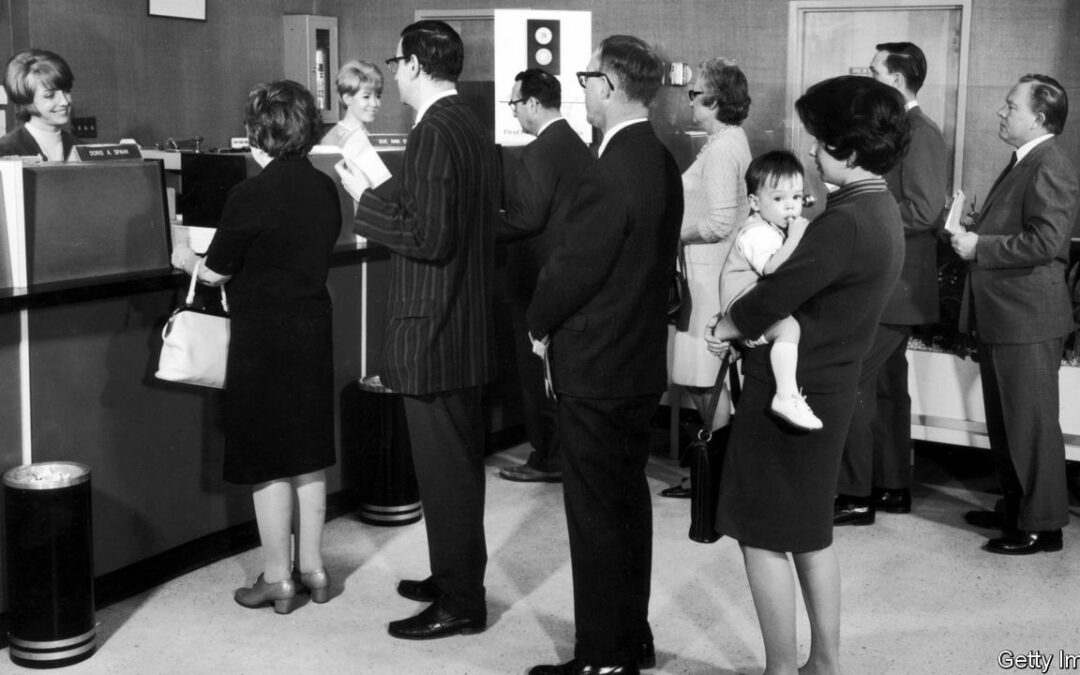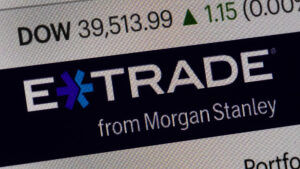AMERICA HAS a dizzying number of banks. In recent weeks, that has proved to be a source of confusion. After Signature Bank, based in New York City, was seized by regulators on March 12th, four other banks with the same name had to clarify that they had no link with the failure. When First Republic Bank, a California-based lender, secured a $30bn cash infusion just weeks before its own collapse, some traders mistakenly sold shares in the similarly named Republic First Bancorp, based in Philadelphia, sending its stock price tumbling by 28%. It is little wonder that America’s lenders get mixed up. There are more than 4,100 commercial banks in the country, according to the Federal Deposit Insurance Corporation (FDIC), compared with 353 in Britain and 261 in Germany. Why does America have so many banks?
Many of the reasons for America’s fragmented banking system date back to 19th-century regulations that restricted where banks could operate. These varied from state to state. Some allowed banks to open branches anywhere in their home state; others permitted branches only in the city or county where the bank had its headquarters; still others banned branches altogether. Such rules were sometimes justified on the grounds that they prevented banks from becoming too powerful. But Randall Kroszner, a professor at the University of Chicago’s Booth School of Business, has pointed out in his research that in the early 1800s, when many of these restrictions were adopted, states earned significant revenues from dividends and taxes on chartered banks, creating an incentive to block out-of-state banks from operating in their markets.
States began lifting these regulations in the 1970s. With the emergence of new technological and financial innovations—including the automated teller machine (ATM), money-market mutual funds and improvements in credit scoring—far-flung lenders could offer services previously provided by local banks. In 1978 Maine became the first state to allow out-of-state banks to do business. By 1994 all but one state (Hawaii) had passed similar laws. That year a federal law lifted all remaining geographical restrictions. This led to rapid consolidation in the banking industry: the number of commercial banks fell from nearly 14,500 in 1983, to 7,700 two decades later. Over the next 20 years, this number fell dramatically again.
Big banks—including JPMorgan Chase, Bank of America, Citigroup and Wells Fargo—now dominate the industry. The four biggest banks hold 42% of the industry’s assets, up from 11% in 1990. But geography still plays an important role in determining the banks that households and businesses borrow from. Small banks account for a disproportionate share of small-business lending, in part due to their knowledge of local borrowers. According to the FDIC, community banks—defined as those with less than $10bn in assets—account for just 15% of total loans, but are responsible for 30% of commercial property loans, 31% of agricultural loans and 36% of small-business loans.
The recent banking turmoil may spur even more consolidation. In 2018 Congress increased the asset threshold at which banks are subject to the strictest level of regulatory oversight, from $50bn to $250bn, exempting midsized banks from certain capital, liquidity and stress-testing requirements. But in the wake of recent failures by midsized banks, policymakers are considering lowering the threshold back to $50bn, subjecting an additional 30 institutions to tougher regulations. This could push banks to strategically grow or shrink their assets to minimise costs. Those just below the old $250bn asset threshold will have an incentive to use mergers and acquisitions to spread the regulatory costs. Those just above the new threshold may curtail their growth. The result will be fewer banks—and with any luck fewer crises. ■









